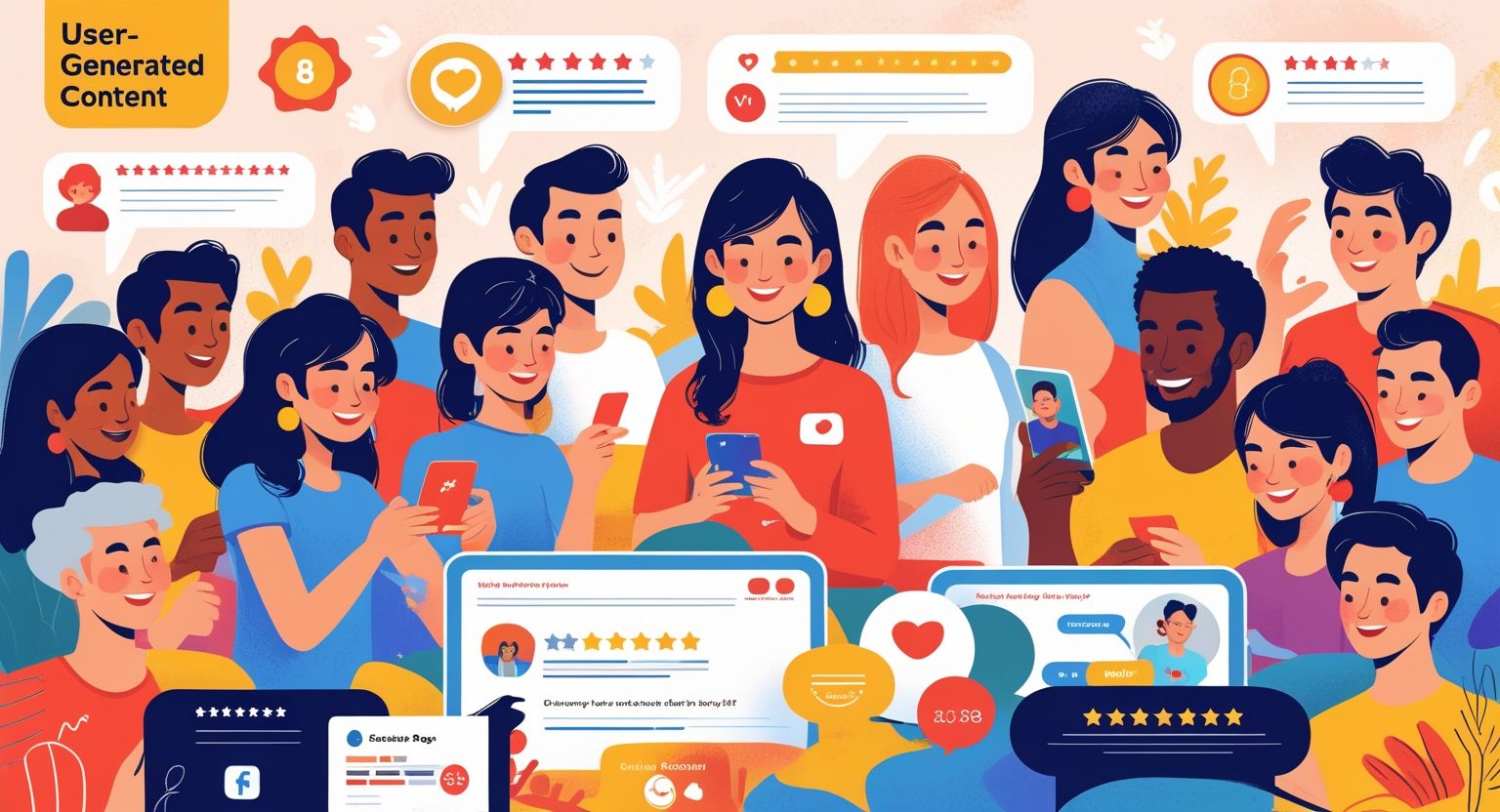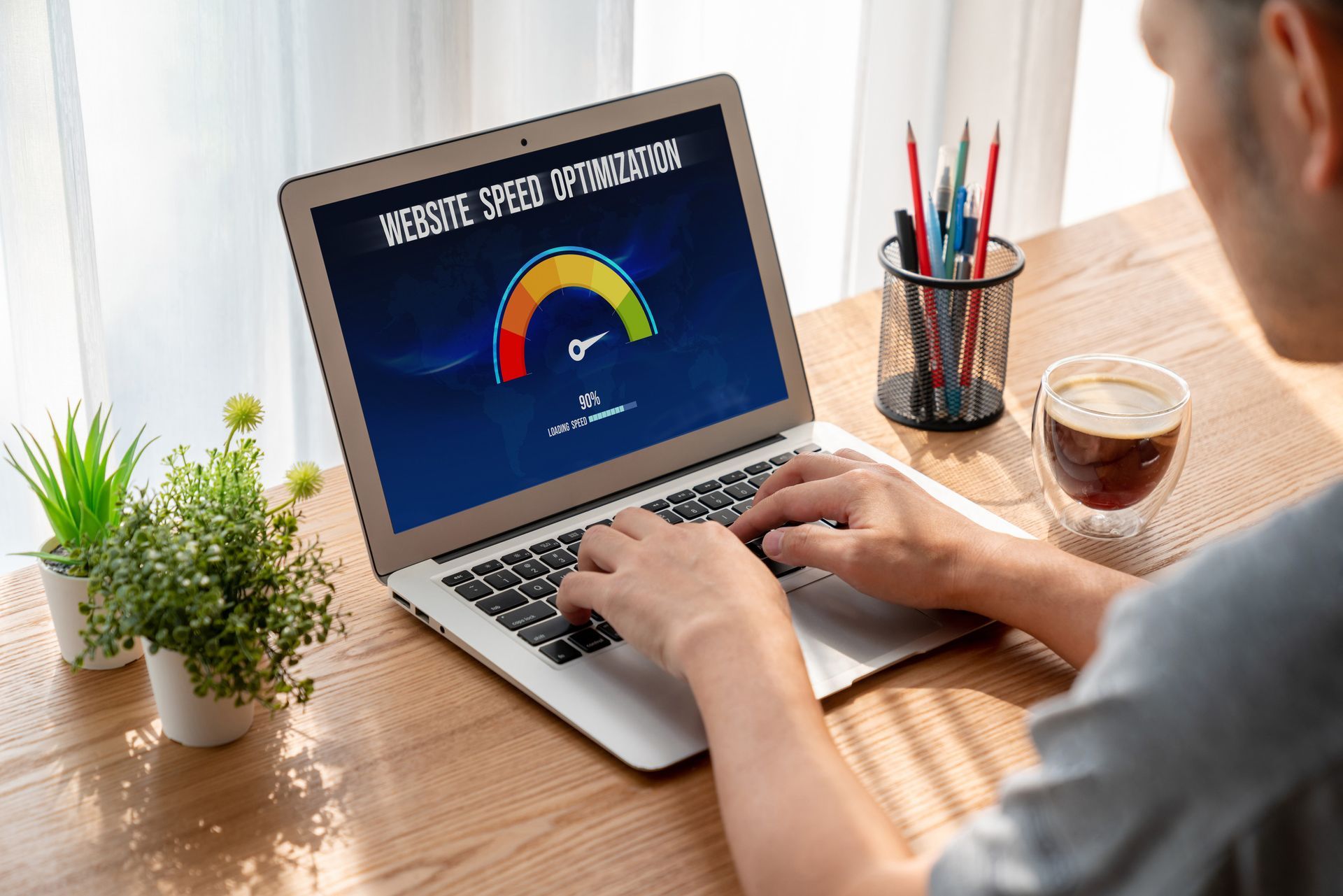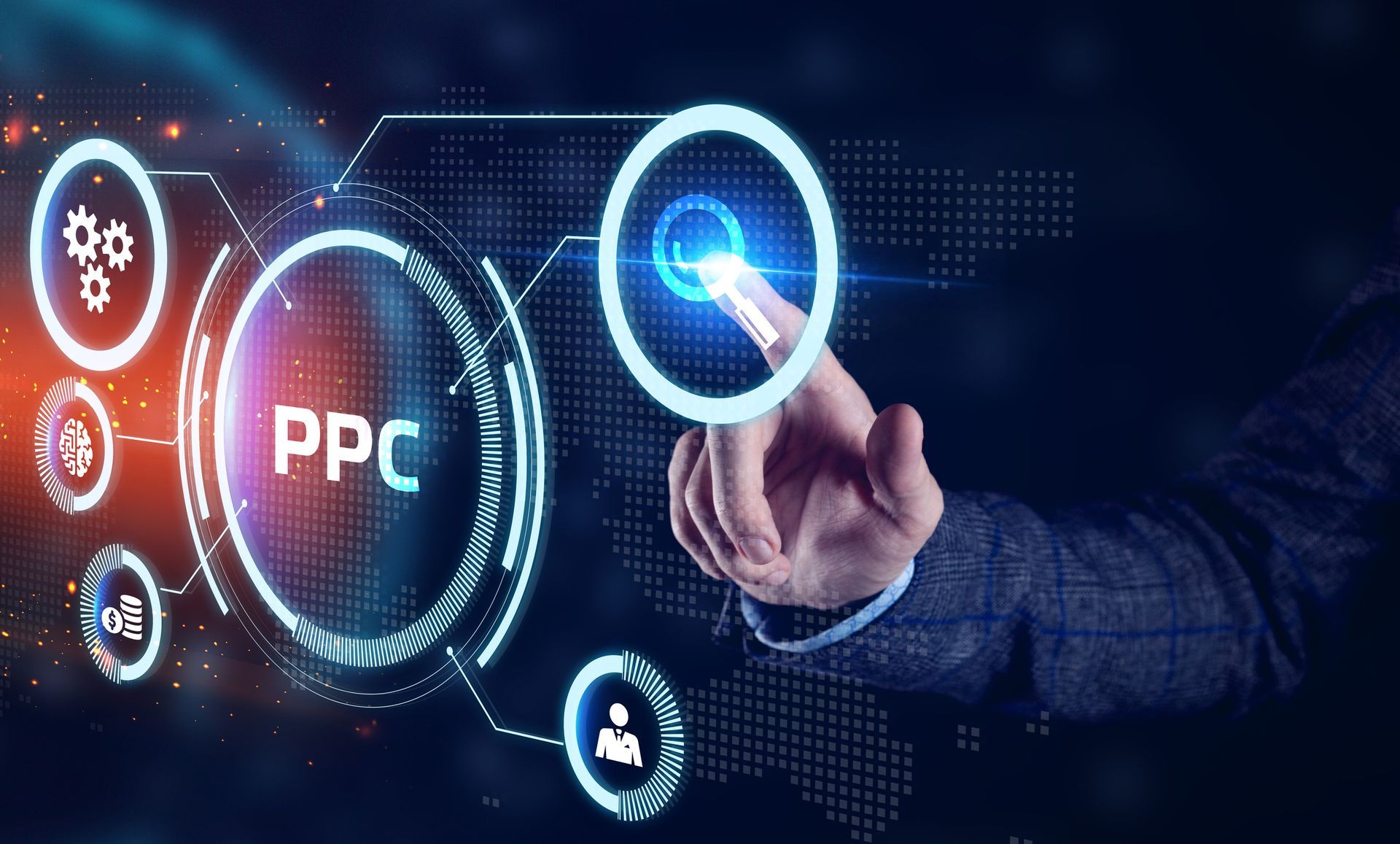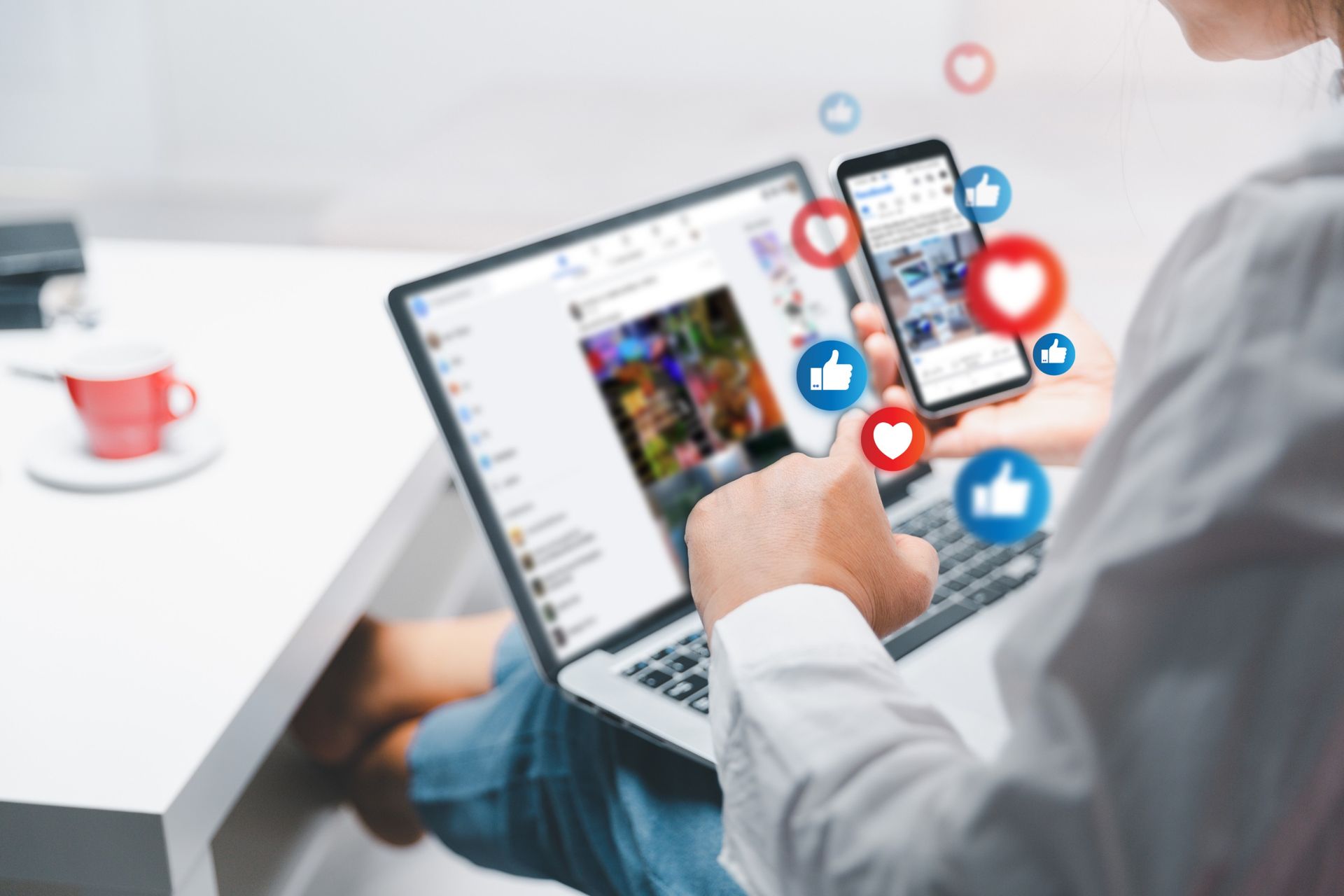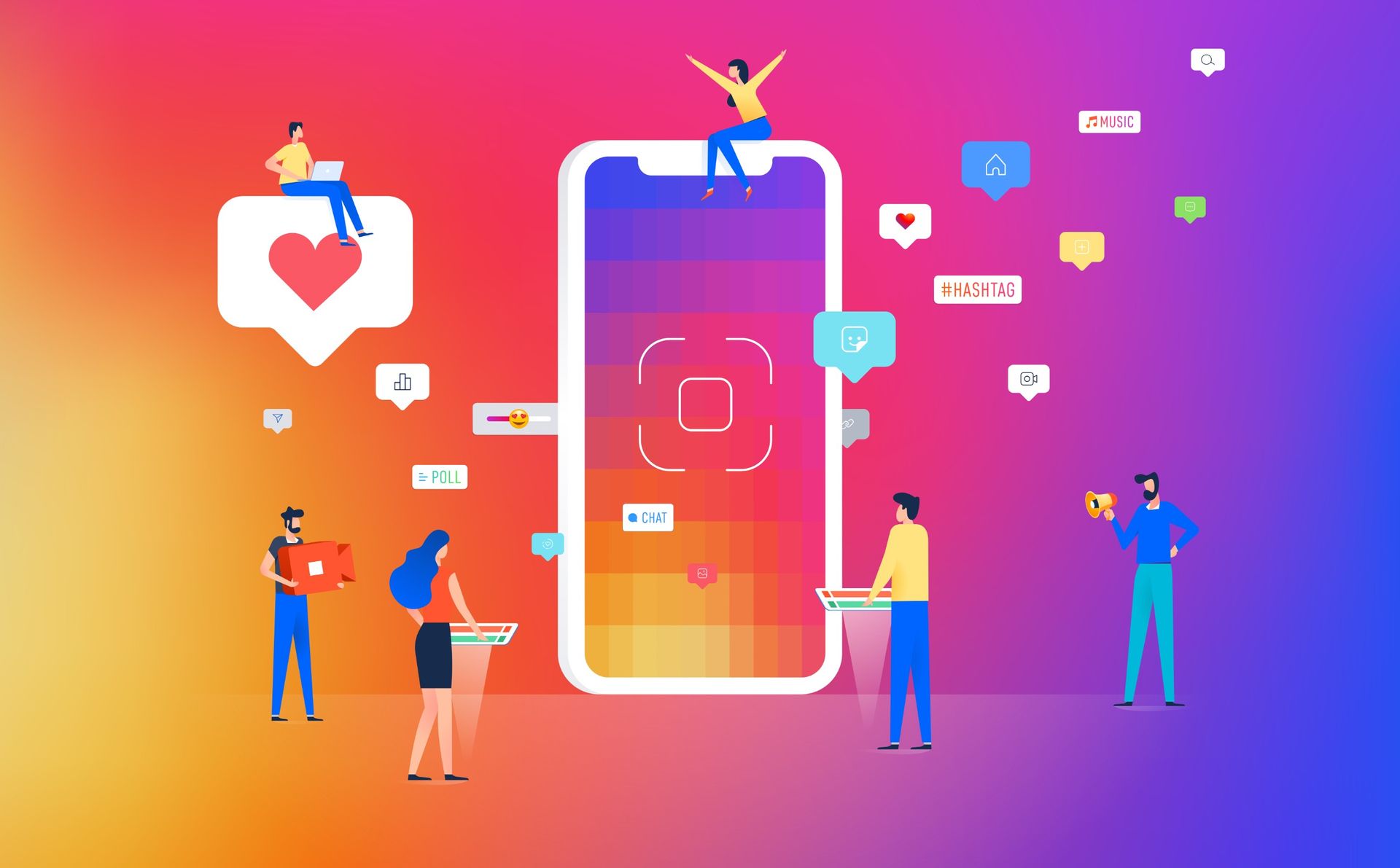Personalizing User Experience to Increase Engagement and Loyalty
The Role of Personalization in Building Stronger User Connections
In today’s digital world, customers expect more than just a functional website or a social media presence. They look for experiences that feel personal, relevant, and tailored to their needs. Businesses that invest in personalizing user experience are seeing higher engagement, stronger loyalty, and better conversions. According to a 2024 McKinsey report, 71% of consumers expect companies to deliver personalized interactions, and 76% get frustrated when that doesn’t happen. That shows how critical personalization has become for long-term success.
Why Personalization Matters
Personalization is more than addressing a customer by name in an email. It’s about understanding customer behavior, preferences, and intent, then creating an experience that feels unique to them. When done well, personalization builds trust and makes customers feel valued.
Some key benefits include:
- Higher engagement: Personalized content gets more clicks, views, and shares.
- Customer retention: A positive, customized experience keeps people coming back.
- Improved conversions: Tailored recommendations often drive faster decision-making.
- Brand loyalty: Customers are more likely to stick with a brand that “gets them.”
The Role of Data in Personalization
Data is the foundation of personalization. From website analytics to customer purchase history, every interaction provides insights. Businesses that leverage this data can identify trends and segment their audience effectively.
For example:
- E-commerce sites use browsing and purchase behavior to recommend similar or complementary products.
- Streaming services like Netflix or Spotify suggest shows or playlists based on past activity.
- Email campaigns are segmented by interests, demographics, or engagement history to improve open rates.
This approach ensures users only see content or offers that resonate with them, reducing the chances of disengagement.
Simple Ways to Personalize User Experience
Not every strategy needs complex technology or heavy investment. Even small steps can make a big difference.
- Personalized email campaigns: Segment your list based on past purchases, location, or activity.
- Dynamic website content: Show different homepage banners or offers depending on the visitor’s behavior.
- Behavior-triggered messages: Send follow-ups when a cart is abandoned or after a product is delivered.
- Local relevance: Highlight local services or events to make your brand feel more connected to the community.
This is where a reliable content marketing agency in Maryland can help create customized strategies that align with both user expectations and business goals.
Technology That Powers Personalization
Technology has made personalization easier than ever. AI, machine learning, and automation allow businesses to deliver unique experiences at scale. Tools like chatbots provide real-time support, while predictive analytics helps anticipate customer needs before they even ask.
For local businesses, personalization can be combined with local SEO services in Maryland to ensure the right audience finds them at the right time. Whether it’s through search, maps, or local directories, personalized visibility boosts trust and engagement.
Balancing Privacy with Personalization
One challenge businesses face is ensuring personalization doesn’t feel intrusive. With increasing concerns around data privacy, transparency is essential. Customers want personalized experiences, but they also want to know how their data is used.
Best practices include:
- Asking for clear consent before collecting personal information.
- Giving users the option to adjust preferences.
- Using secure systems to protect sensitive data.
When customers feel their privacy is respected, they’re more open to sharing information that enables personalization.
Examples of Personalization That Drive Loyalty
Big brands are setting the standard for personalized user experience, but even smaller businesses can apply similar principles.
- Retail: Amazon’s “frequently bought together” section has become a model for cross-selling.
- Streaming: Spotify Wrapped creates a personal year-end summary that people love to share.
- Local businesses: Restaurants that send tailored discounts to repeat customers often see higher loyalty.
These examples show how personalization not only boosts sales but also creates memorable experiences that deepen customer connections.
How Personalization Enhances Engagement and Loyalty
When customers feel understood, they engage more with the brand. This engagement isn’t just about clicks or likes—it translates into stronger relationships. Loyal customers are more likely to become advocates, spreading positive word-of-mouth and driving referrals.
Some ways personalization builds this loyalty:
- Recognizing repeat customers and rewarding them.
- Offering solutions based on past issues or needs.
- Creating seamless experiences across devices with
responsive website design in Maryland.
Businesses that combine personalization with smart strategies from the best digital marketing agency in Maryland often find that engagement naturally leads to higher loyalty.
Final Takeaway
Personalization is no longer optional. It’s a necessity for businesses that want to stay relevant in today’s competitive market. Customers are looking for brands that speak directly to them, understand their needs, and offer value beyond just products or services. Whether through data-driven insights, AI tools, or simple personal touches, personalization helps turn casual visitors into loyal customers.
If you’re ready to create meaningful user experiences that increase engagement and loyalty, visit
Del Royce Communications at https://www.delroyseomarketing.com/ and explore strategies designed to help your business connect with your audience in ways that matter.
